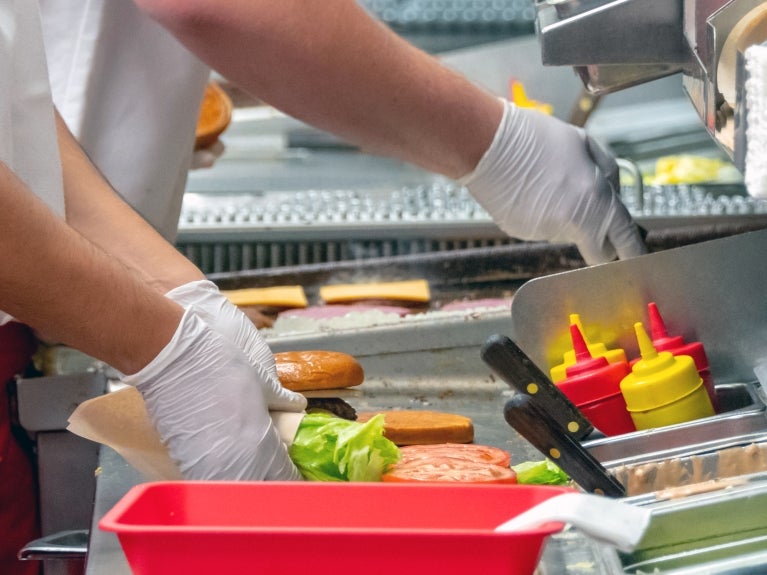Technological Advances in Food Safety Monitoring Present Enforcement Risks, Compliance Opportunities for the Food Manufacturing Industry

At the annual Food Safety Summit in Rosemont, Illinois, the Department of Justice's increased focus on food safety enforcement was a key topic of discussion.
While it was quite clear that the DOJ's increased enforcement activity in high-profile food contamination cases involving companies such as Dole Foods and Chipotle Mexican Grill in 2016 caught the attention of the industry, discussion at the Food Safety Summit focused on proactive steps food companies can take to ensure the safety of their products while simultaneously reducing their risk of non-compliance with the Food, Drug, and Cosmetic Act (FDCA) and the Food Safety Modernization Act (FSMA). The stakes remain high for the food industry, as both companies and individuals may face criminal charges under the strict liability-based Park Doctrine, even if they were unaware of the circumstances that led to contamination. The key question when assessing potential liability under the Park Doctrine is whether a responsible corporate officer was in a position of authority to prevent or correct the violation. Within this environment, technological advances in the food safety industry are providing companies and regulators with new compliance and enforcement tools. For example, whole-genome sequencing is a process that determines the complete DNA sequence of an organism. With whole-genome sequencing, foodborne pathogens, such as Salmonella, Listeria, and E. coli, can be identified more quickly, reliably, and cost-effectively than under previous outbreak surveillance systems. Regulatory agencies are using whole-genome sequencing technologies to link pathogens to food, manufacturing facilities, and food illnesses. With the increased use of whole-genome sequencing of samples, food manufacturers should closely monitor facility-related hazards that exist. In one high profile food recall, whole-genome sequencing revealed that the same strain of Listeria existed in samples obtained from sick consumers from 2010-2015, indicating that the bacteria likely existed within the manufacturing facility for five years. Such a long contamination period raises obvious questions of how the bacteria entered the facility, and how it could have thrived for five years. In developing the written food safety plan required under the Food Safety Modernization Act and related FDA regulations, companies should address those questions head-on in the following steps:
- Hazard analysis: identification of hazards, whether they come from upstream suppliers, transportation of goods from those upstream suppliers, or risks unique to the facility, that could enable a contaminant to (1) enter a facility; and (2) survive once introduced to a facility.
- Preventative Controls: designing measures to minimize or prevent the risk presented by the hazards identified in the first step.
- Oversight and Management: continuous monitoring, corrective actions, and verification to ensure that the preventative controls are functioning as designed to minimize or prevent identified risks.
While the DOJ's continued focus on food safety compliance may present enforcement risks, the data available from technological advances in sample testing provide the food industry with an opportunity to proactively design an appropriate food safety plan that identifies and addresses the risks unique to the facility.
Print and share
Explore more in
White Collar Briefly
Drawing from breaking news, ever changing government priorities, and significant judicial decisions, this blog from Perkins Coie’s White Collar and Investigations group highlights key considerations and offers practical insights aimed to guide corporate stakeholders and counselors through an evolving regulatory environment. Subscribe 🡢